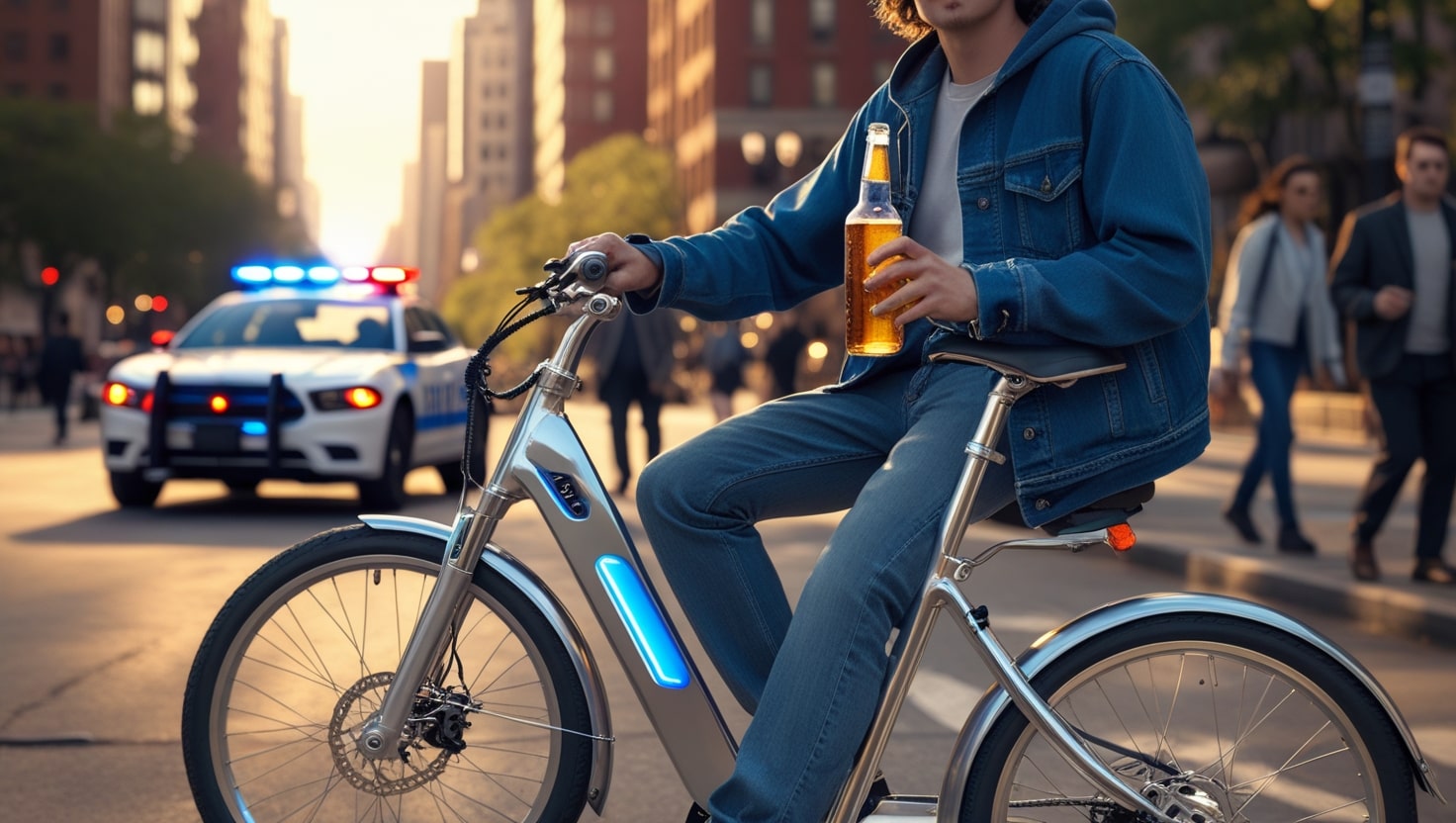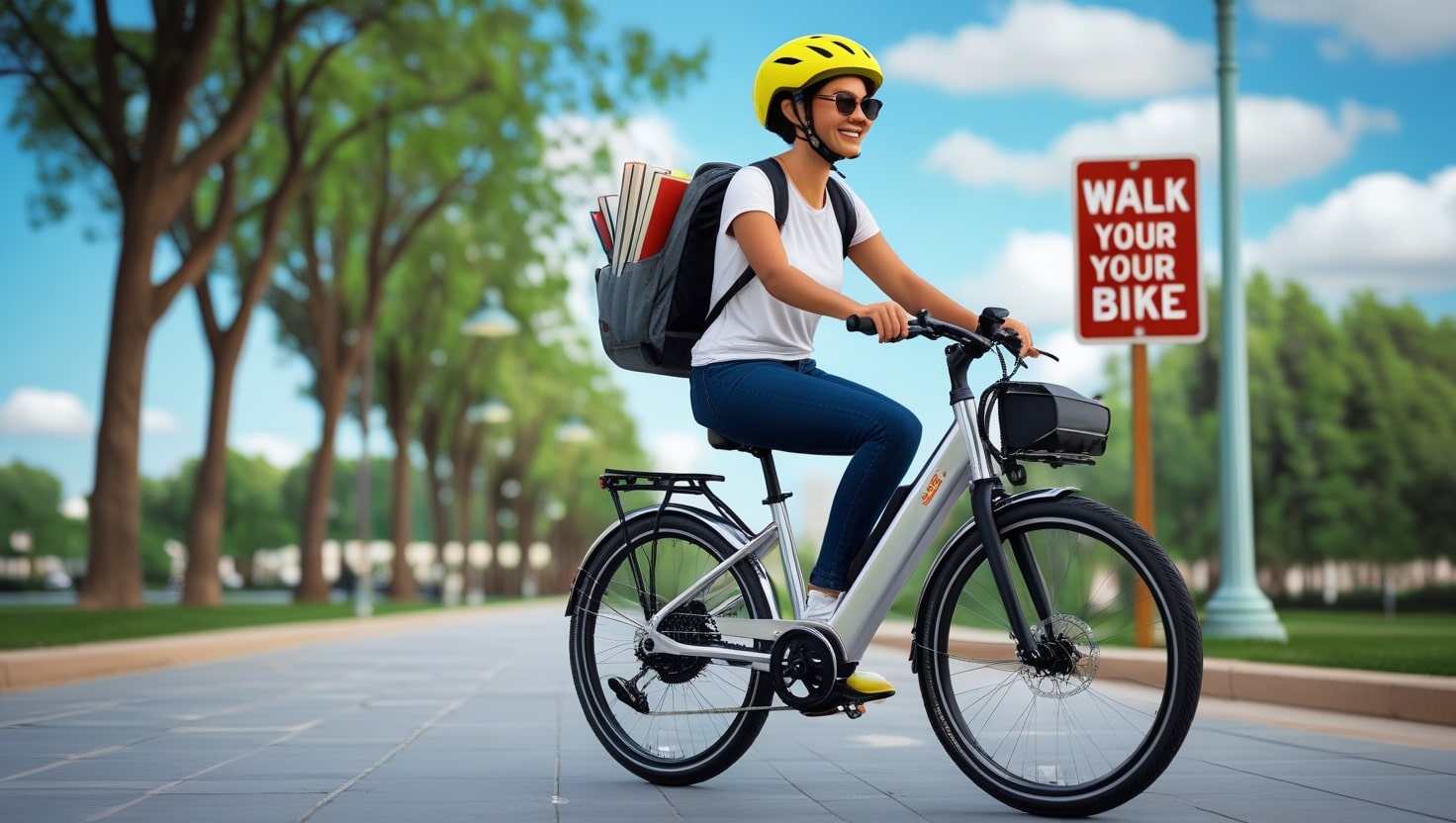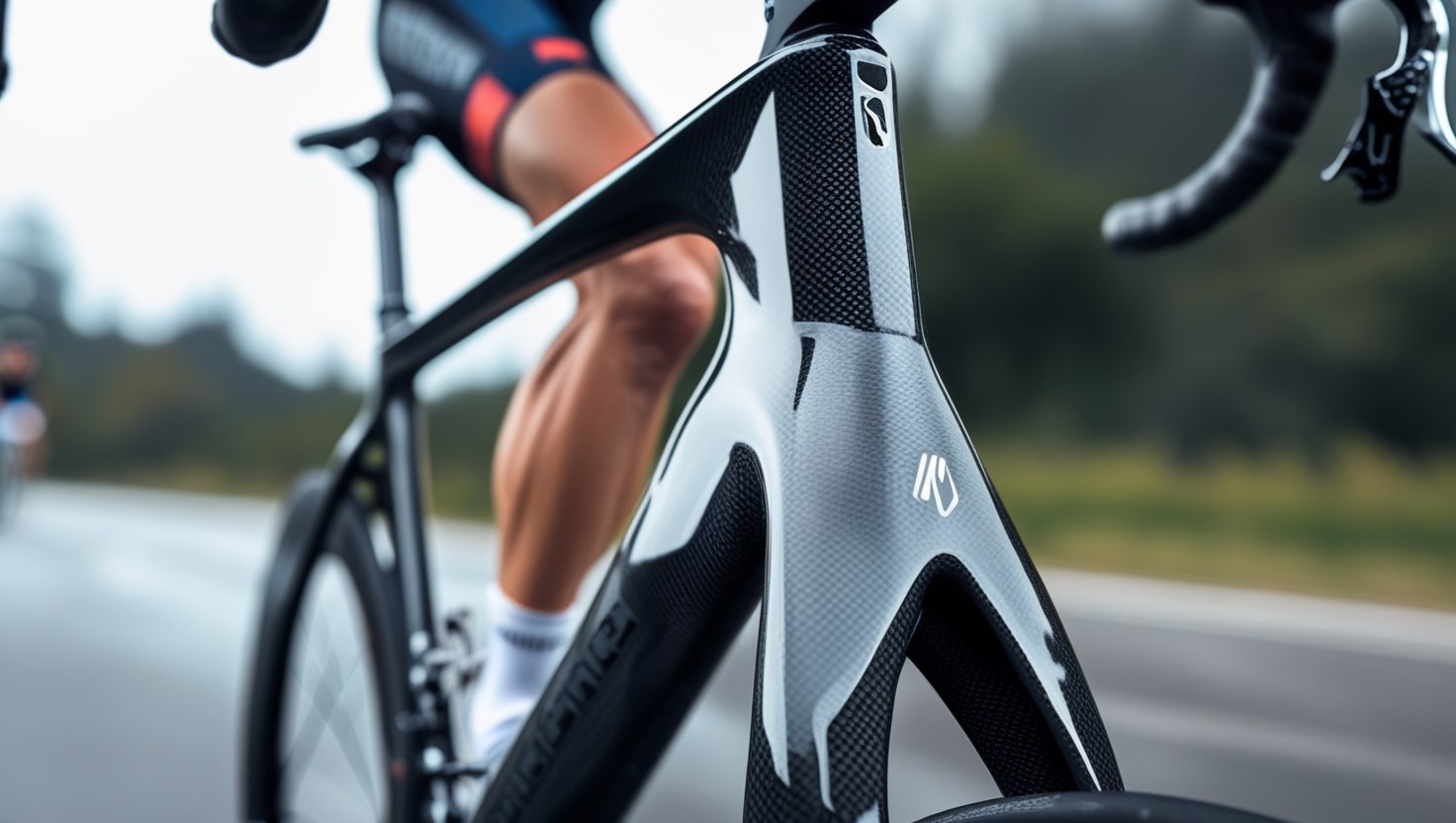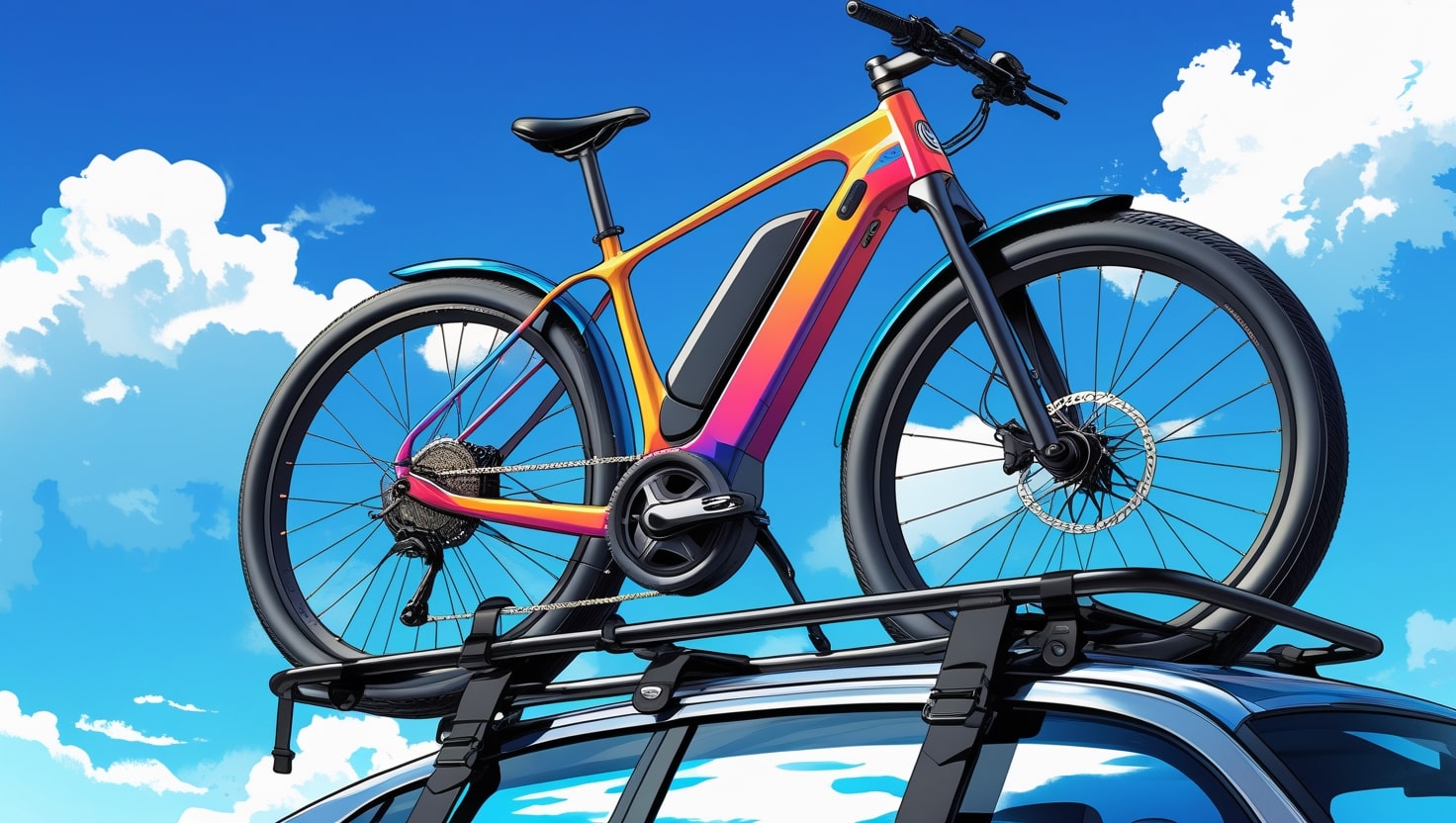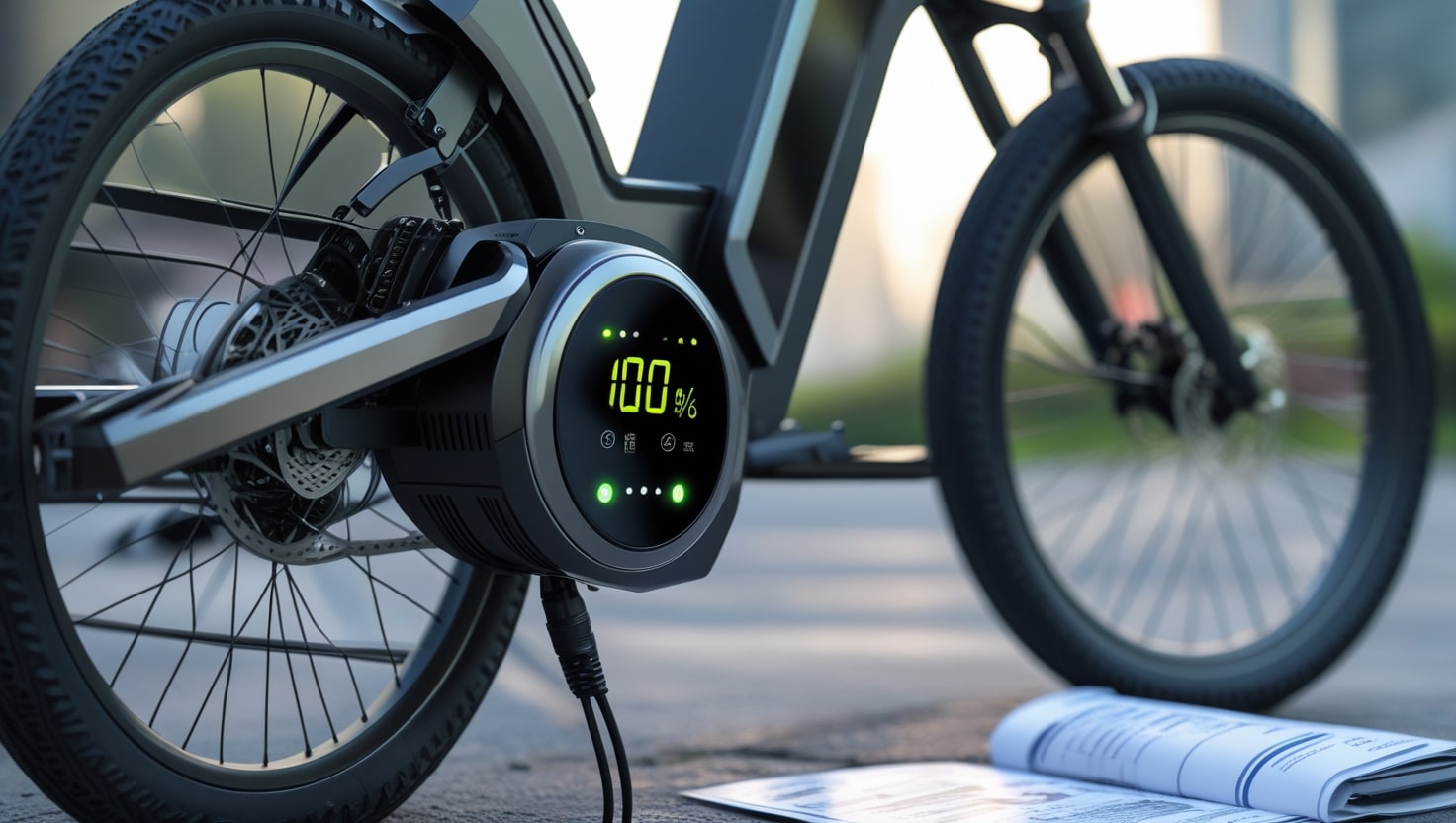When I bought my first motorcycle, one thing quickly became clear: protecting the motorcycle tank was essential. If you’re like me, worried about accidental scratches, then investing in motorcycle tank pads—commonly known as tank grip—is one of the smartest decisions you can make right after your new purchase. These pads aren’t just motorcycle accessories to make your ride look cool; they actually protect motorcycle tank surfaces from wear, especially from jackets or jeans rubbing against the tank while riding.
I’ve seen firsthand how these simple accessories can extend the look and life of new bikes, preventing unwanted scuffs and providing better control, especially during sharp turns or sudden braking. If you’re wondering, “what is tank grip?”—think of it as protective tank pads designed to enhance both the safety and aesthetics of your bike.
WHAT IS TANK GRIP?
When I first got into riding, handling my motorcycle during spirited riding or tight cornering felt tricky because my knees kept sliding off the smooth motorcycle’s fuel tank. That’s when I discovered the importance of using tank grip, sometimes known as tank pads or tank traction pads.
These handy motorcycle accessories offer a much better grip and improved control by creating a textured surface exactly where your rider’s knees and thighs naturally rest. This prevents your rider’s legs from slipping, especially in aggressive riding situations or during sudden braking and rapid acceleration.
The main purpose of these pads is to enhance stability and confidence while riding. They’re usually made of grippy materials like rubber or foam and come in many different shapes and sizes to fit specific areas of various motorcycle tanks.
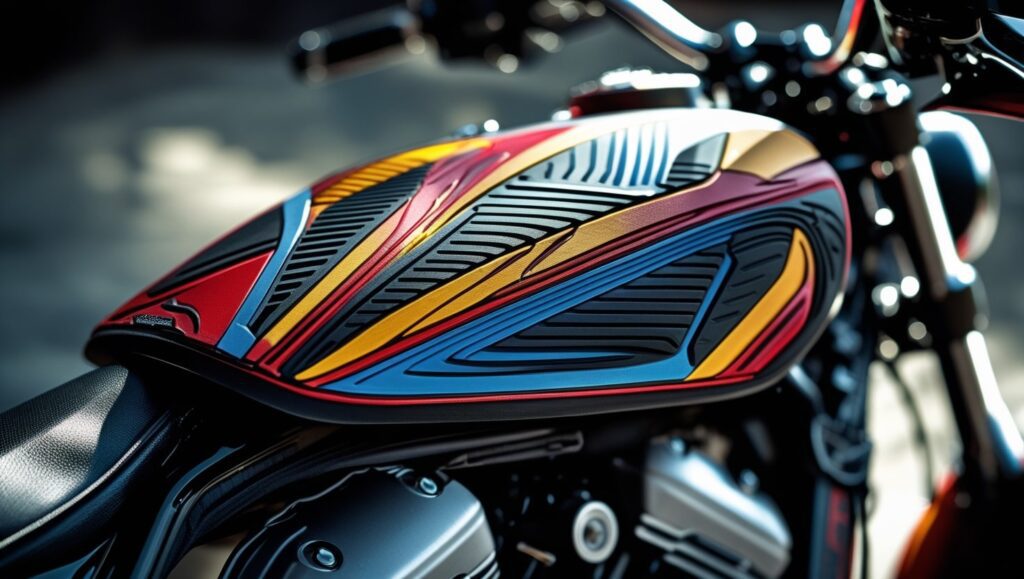
Key benefits of using tank grips
Enhanced Control: Tank grips give the rider a firmer and more stable connection with the motorcycle, helping maintain control during quick maneuvers and significantly reducing the risk of sliding off the seat.
Reduced Fatigue: By offering improved grip on the tank, these grips allow riders to use their legs to support their body weight, greatly reducing strain on the arms and wrists, especially during long rides.
Confidence: The added grip from tank grips can notably boost a rider’s confidence, enabling better focus on essential riding techniques rather than constantly maintaining position on the bike.
Improved Body Positioning: These grips encourage correct body positioning in turns and corners, resulting in better handling and increased cornering stability.
Protecting the Tank: Besides performance, tank grips also provide a protective barrier, offering valuable protection against scratches and wear caused by the rider’s gear rubbing on the motorcycle’s fuel tank.

When considering adding tank grips as a modification to your motorcycle, it’s essential to think about your personal riding style, comfort, and rider’s needs. I’ve seen many riders benefit from installing tank grips on both sport motorcycles and sport-touring motorcycles, especially when they enjoy dynamic riding. But it’s also true that the extra grip from these pads isn’t always suitable for everyone, as some riders prefer more freedom to shift their body position easily on the seat, something that can feel a bit limited with tank grips. That’s why it’s always a good idea to try out different options on various motorcycles to find out what truly works best according to the rider’s preferences.
Why use tank grips?
If you’ve ever watched someone riding a motorcycle on a track, you’ve probably noticed their remarkable ability to cling to the bike with astonishing prowess. Observing them lean deeply, their knees and elbows scraping close to the track’s surface, sometimes even their shoulders nearly touching the ground, reveals the secret of their tenacious grip.
Such mastery doesn’t just come overnight; it requires rigorous training, countless hours spent practicing, and developing incredibly strong leg muscles, complemented by wearing a high-quality leather suit. I remember vividly after my own inaugural track session, my entire body was quivering uncontrollably as I stepped off my bike—thank goodness for the side stands helping me to prevent dropping it!
A key, integral component in achieving this level of confidence and stability are tank grips, which create an unyielding connection between your legs and the motorcycle’s tank. These grips are ingeniously designed to embed themselves into your leather suit, ensuring your legs maintain a firm hold.
When your gear firmly engages with these grips, the reliance on gripping the bike with your arms is reduced dramatically. The result is significantly reduced fatigue and decreased instability when dismounting at the end of each session.
What are Tank Pads for?
People often use the terms “motorcycle tank grips” and “tank pads” interchangeably, grouping both products under the general label “tank protector.” While they do share some similarities, these terms aren’t entirely synonymous. Specifically, a motorcycle tank pad is usually designed for the upper section of your fuel tank, close to the filler cap area, and its primary function is to safeguard the tank’s paint.
Personally, I noticed my tank pad helped prevent potential scratches from my jacket’s zippers, belts, and even my helmet when I leaned forward during rides.
Moreover, according to Cycle World, these pads do more than just protect—they enhance your bike’s visual appeal as effectively as custom aftermarket mirrors.
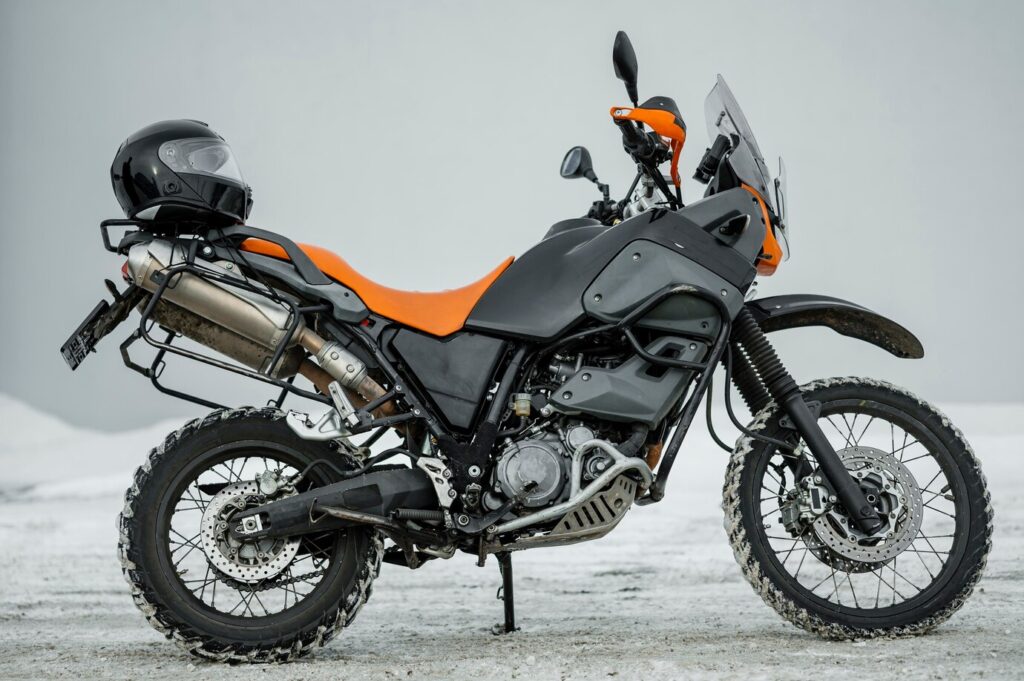
Are Tank Grips removable?
Although tank grips are usually engineered for a permanent installation, it is possible to remove them if needed. However, from my experience, there’s one crucial thing you must consider before attempting tank grip removal—prolonged sun exposure often causes noticeable fading on the surface around the grip compared to the area underneath it.
Additionally, the initial quality of your bike’s paintwork matters a lot; if it’s subpar, an older model, or has undergone previous repainting or touch-ups, the likelihood of lasting harm increases, and the removal process could negatively impact your motorcycle’s finish.
It’s also recommended to carefully confirm whether your motorcycle has original equipment manufacturer (OEM) graphics or logos. Typically, these designs have an overlaminated or lacquered protective finish, which reduces potential damage when you remove tank grips.
Steps for Removing Tank Grip
The size, form, and age of the grip all affect how difficult it is to remove tank grips. The following actions are recommended in situations where removal is required:
Clean with Soapy Water: First, clean the grip and its vicinity thoroughly using soapy water with a soft cloth or sponge. This step is crucial to prevent accidental scratching of your bike’s paint during removal.
Apply Heat: Next, carefully apply heat to the tank grip to weaken and loosen the adhesive. I personally use a regular hairdryer—avoid a heat gun, as it can damage your paint. Heat the grip evenly, especially along the edges, for approximately two minutes.
Peel It Off: Take immediate action after heating by sliding a plastic card, like an old debit card or credit card, around the edges of the grip to gently release it from the bike’s surface without causing paint damage. Carefully peel off the grip by hand. In stubborn cases, use dental floss, gently sawing between the grip and tank to remove it.
Adhesive Removal: After the tank grip is off, some adhesive residue usually remains. To effectively remove this sticky residue, use a cloth dampened with white distilled vinegar or adhesive removers like Goo Gone or WD-40, following the specific product instructions carefully.
These instructions should help you remove tank grips carefully and precisely while protecting the paint job on your bike.
Are tank protectors worth it?
Absolutely! From personal experience, using tank guards significantly improves your riding experience by giving you extra protection and allowing better control over your body positioning. Your body regularly interacts with the fuel tank, especially your knees rubbing the sides and your torso against the top—two of the biggest areas that can easily get worn out.
Thankfully, tank protectors effectively protect these areas, helping maintain the overall condition of your bike. Besides, they’re straightforward to install, readily available in various models, and definitely among the most wallet friendly upgrades you can consider. As a rider, you’ll appreciate the benefits of enhanced performance, improved friction points, and simply enjoying a more comfortable ride with better body position.

Do tank pads damage paint?
Generally speaking, tank pads or tank guards won’t cause paint damage if installed properly. Still, it’s very important to follow the manufacturer’s specifications carefully when installing them. From personal experience, I’ve found it’s crucial to consider the quality of your bike’s original paintwork, especially if your motorcycle is an older model or if its paintwork was poor to begin with. In these cases, you’re more likely to notice some damage at the moment you decide to remove the pads later on.
Do racers use tank grips?
Absolutely! From personal observation at events like British Superbikes and MotoAmerica, almost all professional racers have tank grips fitted on their racing bikes, and many riders refuse to ride without them. The primary purpose for race riders is clear: these grips offer more control and a stronger grip when they’re going fast, especially while hanging off the bike or during intense braking moments. Even if you’re not racing, the same concept applies on the street, giving everyday riders an enhanced braking experience in an easy and effective manner.
How do you install a tank protector?
Fortunately, the procedure is fairly easy. Generally speaking, you can install tank guards or tank grips by following these steps:
First, clean your bike and tank area carefully using the alcohol swab typically enclosed with your purchase.
Next, gently heat up both the tank area and the guards using a hair dryer or another safe heat source—but be careful if you decide to use a heat gun, as it can become very hot.
Now, carefully apply the pads onto the desired areas, pressing firmly to avoid bubbles.
Repeat this process for the other side.
Finally, neatly fill the holes in your tank pads using the provided enclosed buttons to complete the look.


